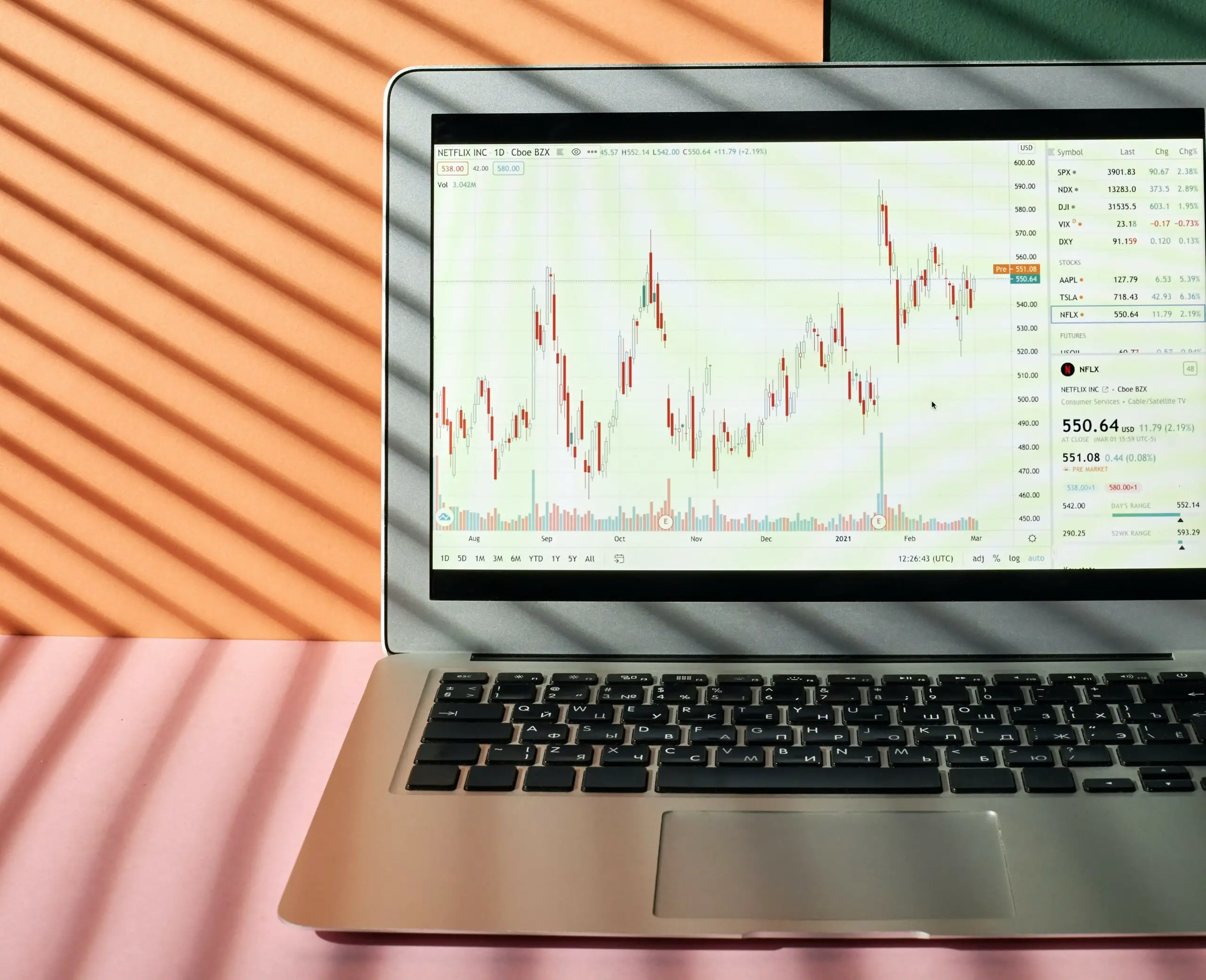Have you heard of the term stock flush and started wondering what it means? Well if you have, don't worry because you're not alone.
In this article, we'll be discussing what a stock flush is, how it works, and how to identify one. Let's explore this term in more detail so that you can be in the know next time you hear it.
What is a stock flush?
A stock flush is a type of trading activity that can be seen in the market when particular security falls sharply in price within a short period of time. It can also be explained as a period where the stock has reached its bottom for the day.
The main characteristic of a stock flush is that it happens suddenly and without any prior warning. It's also worth noting that this type of drop usually happens during periods of high-volume trading.
They can also often occur when there's been a sudden change in market conditions or news that affects the security. Early mornings when the market first opens is often when stock flushes happen the most.
This is because there's typically a lot of activity and news that comes out during this time, which can trigger a sudden price drop.
How does a stock flush work?
Now that we know what a stock flush is, let's take a look at how it works. The mechanism behind a stock flush is actually quite simple. When there's a sudden drop in the price of a security, it causes investors to start selling off their positions.
This selling pressure then causes the price to drop even further, which in turn triggers more selling. This creates a self-reinforcing loop that causes the price to drop sharply in a very short period of time. Generally speaking, there are two main reasons why this type of activity happens in the market.
1. The first reason has to do with technical analysis. Technical analysts believe that the market is always moving in cycles. So when a stock flush happens, they see it as an opportunity to buy the security at a lower price before it starts to rebound back up again.
2. The second reason has to do with fundamental analysis. Fundamental analysts believe that a stock's price is always reflective of the underlying value of the company. So when a stock flush happens, they see it as an opportunity to buy the security while it's undervalued.
What is a morning stock flush?
When it comes to stocks, a morning flush is when the price of stock suddenly drops in the morning, only to rebound later in the day. It typically happens when there's news that causes investors to sell off their holdings, only to realize that it wasn't as bad as they thought and buy them back later.
It essentially flushes out the weak hands and leaves only the strong hands holding the stock.
How to identify a stock flush

Now that we know what a stock flush is and how it works, let's take a look at how to identify one. There are a few things that you can look for that will help you spot a stock flush in the market.
First, you'll want to look for a sharp drop in the price of a security. This drop will usually happen within a short period of time, often within minutes or hours.
Second, you'll want to look for high-volume trading activity. This is because it usually happens when there's a lot of activity in the market.
Third, you'll want to look for a sudden change in market conditions or news that affects the security. This can be anything from a change in the overall market direction to news about the company itself.
For example, a sudden drop in the price of a stock might be caused by a negative earnings report.
By keeping an eye out for these things, you'll be able to spot a stock flush in the market and take advantage of it.
Conclusion
To summarize, a stock flush is when the price of a stock drops suddenly and significantly. A morning flush is when this happens during pre-market trading hours. You can identify it by looking for large gaps down in the price chart.
These gaps are usually accompanied by high volume, which indicates that there was selling pressure. If you see a stock flush, it's important to wait for the dust to settle before making any decisions. The stock may continue to drop or it may rebound quickly.
Either way, it's important to wait for a clear picture before taking action. If a stock flushes, don't panic, be prepared. The best way to do so is to have a plan and know your exit strategy before entering any trade.

